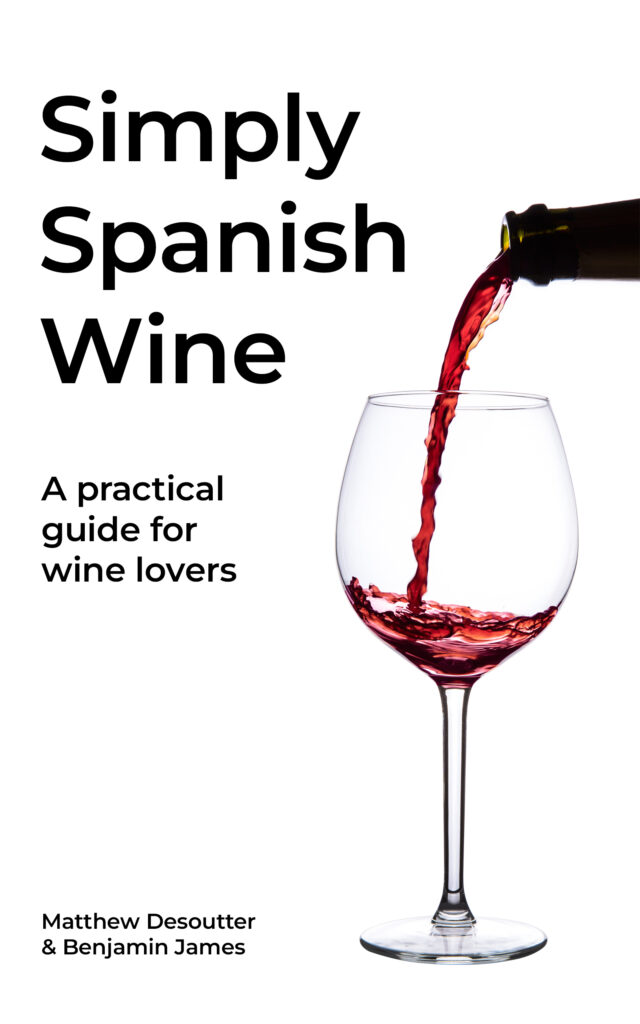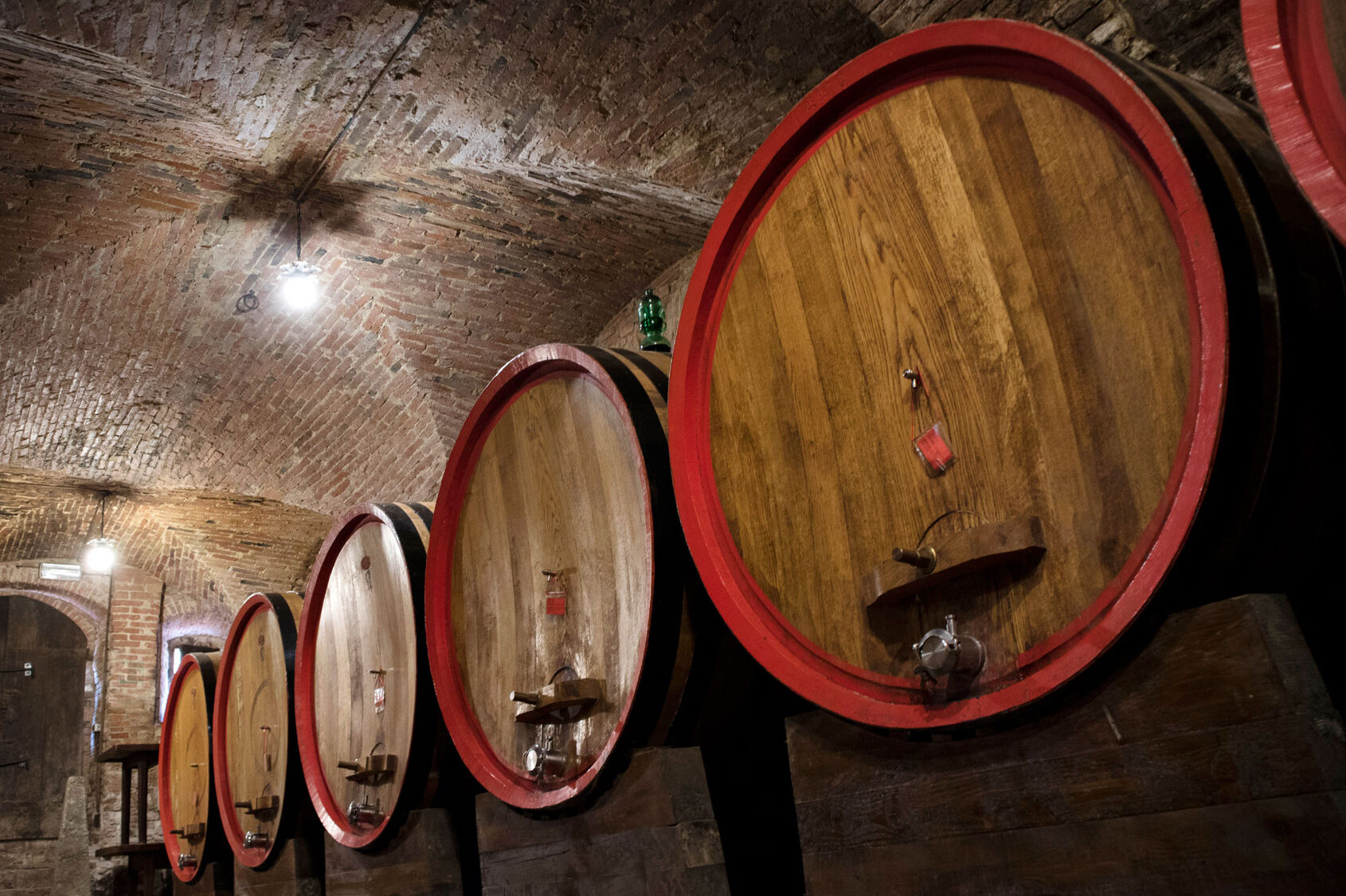Ageing wine is one of those things that distinguishes wine from almost every other alcoholic drink. It’s possible because wine contains natural acidity, which stops bacteria from developing. That means wines can sit for years developing flavours and aromas without spoiling. But not all wine is suitable for ageing. Most wine sold today is designed to be drunk no more than a couple of years after it’s bottled. It’s also important to understand that ageing takes place in the winery, but also once it is in the bottle.
How is wine aged?
Many wineries will mature their best wines in oak barrels. This helps to increase the complexity of the flavours in the wine. It also incorporates some of the flavours of the oak itself. How much flavour the barrel imparts depends on a range of factors: the type of wood used, how long the wine spends in the barrel before bottling, or the size of the barrel. The smaller the barrel, the greater the percentage of the wine will be in direct contact with the wood. So, the influence of the barrel will be that much more apparent.
Barrel maturing is a good first step. But many wines are then aged in the bottle for a good few years before they are opened and enjoyed.
What factors are important in wine ageing?
A wine’s ability to age gracefully in the bottle depends on the levels of flavour compounds and chemical compounds, or phenolics present in the wine.
One of the important ones is tannin. This is the compound present in grape skins, pips and stems which can cause astringency, or a puckering up in the mouth. Acidity too is important – wines with a lower pH are better suited for ageing.
Another important factor is temperature. A steady temperature is important when ageing wines. Somewhere between 10 – 15ºC is ideal. A little bit of humidity also helps to ensure the cork doesn’t dry out and contract, which might let in too much oxygen.
What happens when wine ages?
So what happens when a wine ages? Essentially, those phenolics that we talked about just now continue reacting with each other. In red wines, that tends to make then softer and gentler – what wine tasters might rather annoyingly refer to as “more approachable”! Colour too will change – typically from a deeper purple to a lighter brick red.
White wines too go through a similar process, although wine experts understand it far less than for red wines. Phenolics, for example, seem to play a slightly different role. For example, white wines made from the Riesling grape seem to be able to age for longer than Chardonnays, despite the higher content of phenolics in the latter.
So there is certainly a lot to be said for ageing wine, and you definitely will get a more mature finished product. But how do you know how much ageing a wine has had? Well, you’re probably used to seeing words like crianza and reserva on a wine label, but what do they really mean? Let’s take a look:
Wine age classifications in Spain
Joven wines
This doesn’t always appear on a label, but it’s a term used to refer to a wine that has spent no time in the barrel. This means that all the flavours and aromas in the wine will have come from the grape being used and the techniques used by the winemaker.
Roble wines
Again, not always listed on the label, but you will see it where a winemaker wants to draw attention to the wood contact. A roble (pronounced ‘rob-lay’) wine will have spent a short amount of time in the barrel, but normally less than six months. Flavours and aromas in roble wines tend to be more defined by the grapes, but the use of wood can give them a touch more structure and a slightly more rounded profile.
Crianza wines
This is one of the more common ageing terms and one you will frequently see on wine labels and wine lists in a restaurant. Generally, crianza wine has been aged for a total of 24 months. In most of Spain, regulators require that at least six of those months must be in the barrel. But in Rioja, they require at least 12 months of barrel ageing within that 24-month period. Here you will really start to notice the impact of the wood – with aromas of spice, pine, cedar, and vanilla being common characteristics to look out for. (PS: if you want to look like a real pro, be sure to pronounce this as ‘criantha’ – with the ‘z’ like a ‘th’).
Reserva wines
Now we’re getting serious. Reservas have usually been aged for at least 36 months with at least 12 months spent in the barrel. That’s the same for the whole of Spain – including Rioja. Here you really are getting a wine where the personality of the grape and the characteristics of the wood are merging to form a unified whole. The colour of the wine will be darker – think brick reds and golden yellows – the tannins and the acidity will be softer and more rounded, and you’ll start getting wonderful toffee and caramel notes embraced by dark, delicious fruit flavours. These wines are fine to drink now but the good ones will often continue to develop in the bottle for a few years after release. So, they are good for “laying down” – basically buying and storing somewhere cool and dark to drink when they reach their peak.
Gran Reserva wines
Finally, we come to the top of the pyramid, the gran reserva. These wines have normally had five years of ageing, at least 18 months of which will have been spent in the barrel. But in Rioja, they require at least two years in the barrel. All that time resting and evolving means that gran reservas will give you rich, mature fruits, silky soft tannins, and elegant notes of everything from tobacco and leather to lush dark chocolate. Again, some of these will be good to lay down for a few more years. But in general, these are wines that have reached their pinnacle. Think Bruce Springsteen on tour or Helen Mirren in The Queen.
In summary
Ageing wine is an important part of the winemaking process – whether it’s aged for years or just a couple of months. It’s true that the more ageing a wine has had, the pricier it tends to be. And some gran reservas can be eye-watering. But bear in mind what you’re getting for your money. These wines have been cared for and nurtured by winemakers for years. They’ve taken up space in a cellar, and they’ve occupied wooden barrels that cost money. They are an investment for a vineyard, and they mean tying up money in fixed assets for years. So, it’s not surprising that older wines can cost you a little bit more. But when you drink a good one, you’ll know that it’s worth it.
Cheers!

Enjoyed this content?
Then why not get a copy of Simply Spanish Wine: A Practical Guide for Wine Lovers? Available now on Amazon US, UK, Spain and more.

